




Good news! You’ve built a killer proptech business.
One small problem. The UK proptech market has exploded, and now your prospects have 10,000 other proptech wannabes to choose from — all promising to revolutionise the way they sell, rent, and manage homes.
So how do you stand out?
To answer that question, we picked the brains of more than 100 proptech decision makers — the estate agents, landlords, and property managers looking to invest in platforms just like yours.
Right now, a good deal is top of the agenda. Nearly two thirds (62%) are being price conscious in the current economy, while 76% take the time to hunt out the best bang for their buck when it comes to new technologies.
But it’s not all about cost. Property companies also want a product that’s easy for their teams and customers to use.
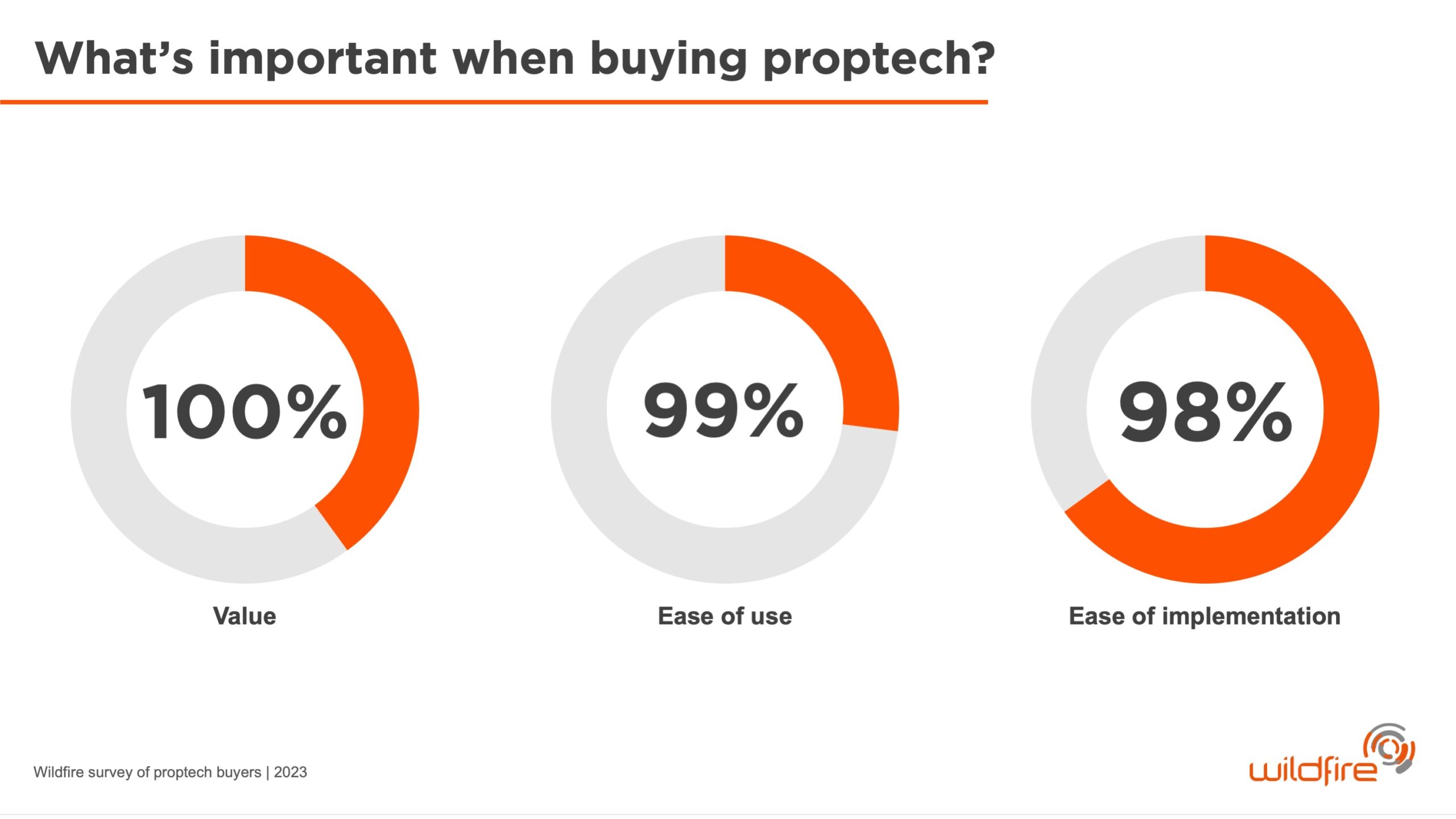
Many proptech businesses make the mistake of putting innovation at the forefront of their offering. But in an industry defined by heavy regulation and digital infancy, innovation alone isn’t going to cut it. One whiff of unproven disruption and the property market will slam its door in your face faster than an evicted tenant.
The property sector is facing economic hardship and high competition, so splashing out on tech for tech’s sake won’t be top of the agenda.
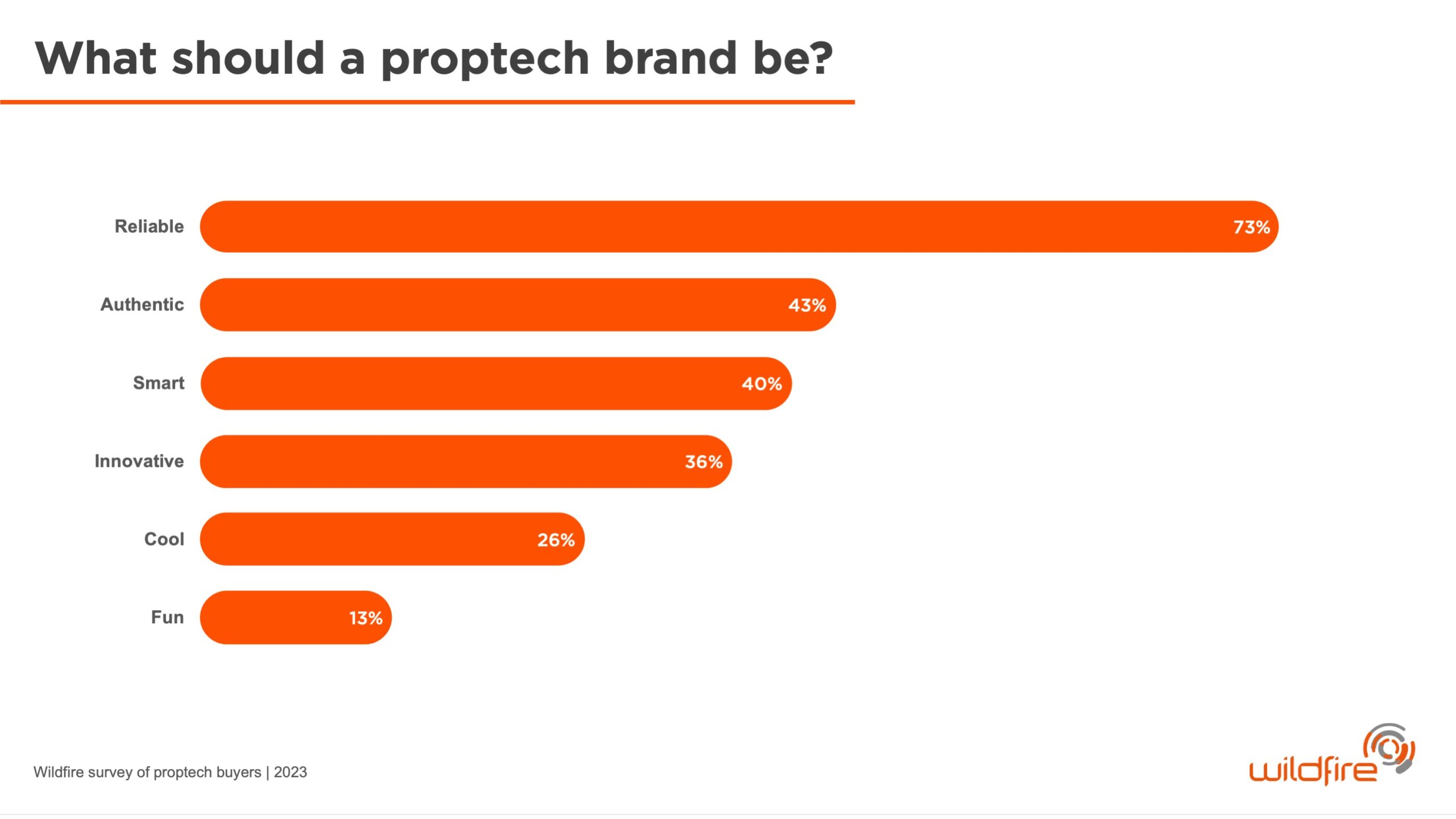
What buyers want is reliability. They want proof that your tech does what it claims. That means building a brand around authentic expertise rather than technical bells and whistles. Once you’ve won their trust, then you can move onto how smart your tech is.Half of those we questioned (48%) said their business only has one key decision maker when it comes to new tech, and 27% only involve 2-3 individuals. Normally, this small pool of decision makers will work from a shortlist of just 2-3 brands, so getting on that list is essential.
While creativity can play a role in engaging buyers, it takes a back seat in the proptech space. Yes, you want to be memorable, but build your brand around knowledge and expertise rather than a zany startup persona. It’s about reliability, authenticity, and trust.
Unlike other B2B buyers, the businesses investing in proptech don’t have nearly as many layers of approval.
Half of those we questioned (48%) said their business only has one key decision maker when it comes to new tech, and 27% only involve 2-3 individuals. Normally, this small pool of decision makers will work from a shortlist of just 2-3 brands, so getting on that list is essential.
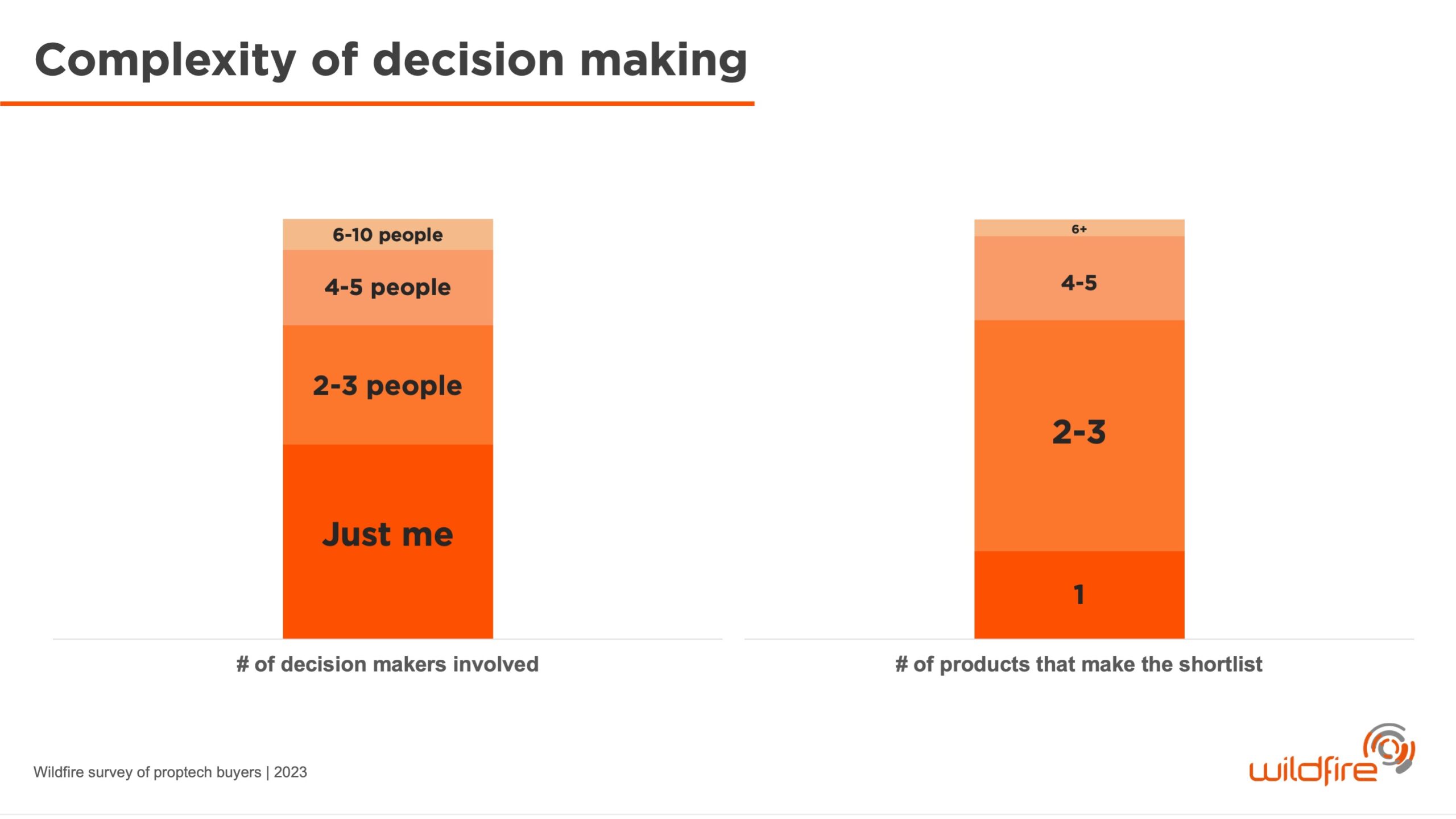
Unfortunately for new players, 67% of proptech decision makers said they only ever invest in a platform whose name they recognise. Building brand awareness must be priority number one.
Sadly, proptech is purchased by a wide variety of audiences (estate agents, landlords, surveyors, and more) so there’s no one clear channel for reaching your audience.
To get your brand out there you’re going to be most effective with a combination of owned, earned, and social media.
Half of those surveyed (49%) regularly rely on owned channels — like your website or an e-newsletter — to keep up with developments in the industry. And many use them to research the latest tech.
But how do you get people to these channels? You can’t just set up a website and wait for the leads to come rolling in.
That’s where great PR — or earned media — comes in.
Those in the market for proptech are extremely influenced by advocates throughout their industry. Positive reviews, recommendations, expert commentary, and analyst endorsements all have a serious impact on the product’s they buy.
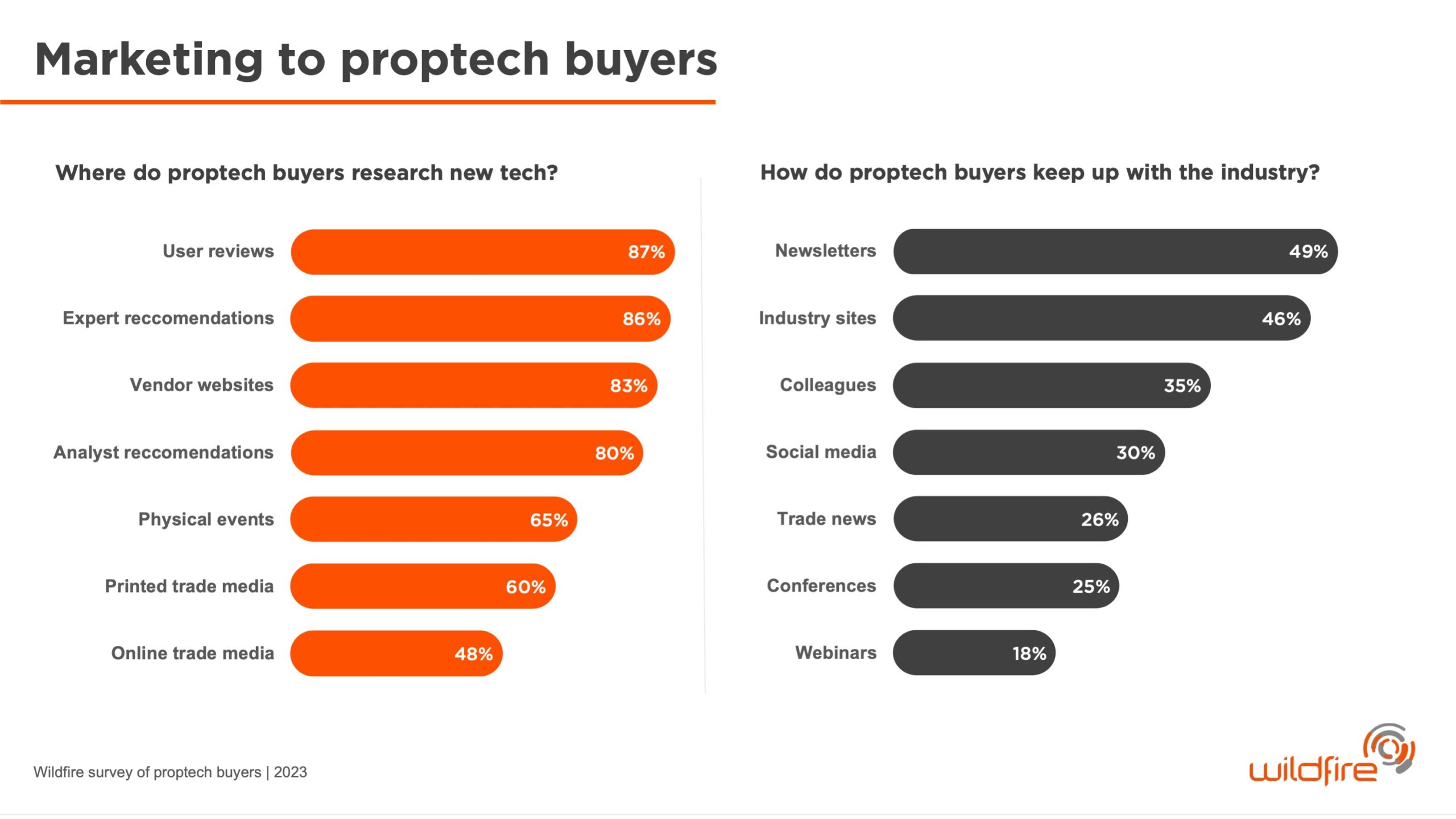
When building awareness, credibility, and public endorsements for your brand, you should look to the trades.
Half (48%) of proptech decision makers are using online trade media to scout out new tech, while a whopping 60% are still flipping through good ol’ fashioned industry magazines. And it’s no wonder. The property industry still relies heavily on physical offices and face-to-face meetings. That’s why print magazines remain important, and why trade shows are still a key source of inspiration for many property professionals on the hunt for new tech.
But it’s not just about face-to-face. Many of those in the market for proptech are active on social media, primarily Facebook, LinkedIn, and YouTube.
But here’s the twist – many property pros are not swiping through these channels on their shiny mobile devices. In typically outdated office environments, laptops and even desktops reign supreme.
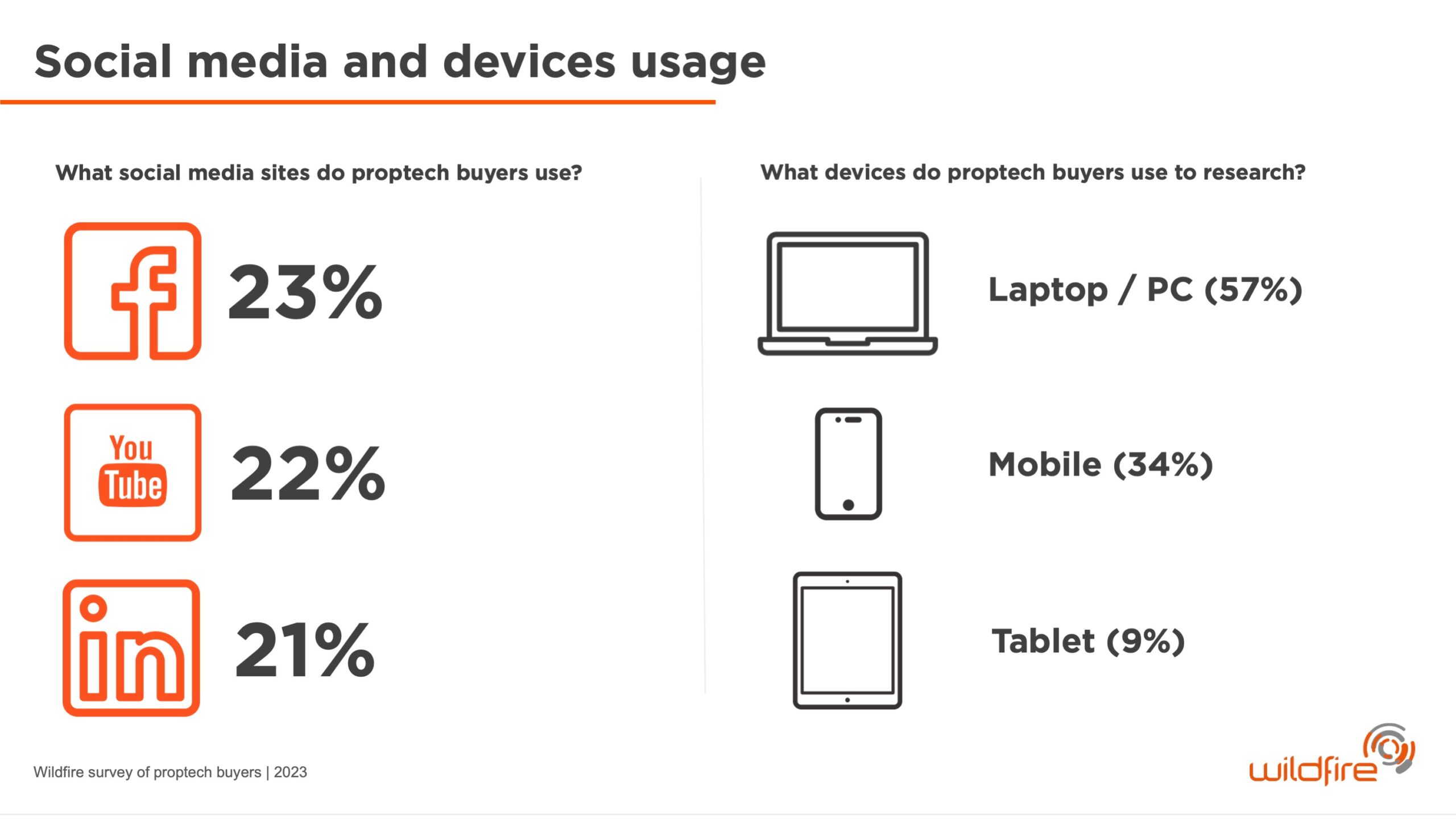
Now, that’s not to say that you shouldn’t be making mobile-friendly content. But, when dealing with an industry that’s inching along on the digital transformation highway, focusing exclusively on the very latest marketing channels and trends won’t get you very far.
Some of the more ‘old school’ tactics may well be the ones that hit the bullseye.
Want to know more about building an integrated campaign for your proptech brand, contact our team. Or, to see how we’re working within the world of proptech and rental technologies, check out our case study below.
Want to start building influence and advocacy for your proptech brand? Download your free list of proptech influencers. Just enter your email below and we’ll ping it over to you.
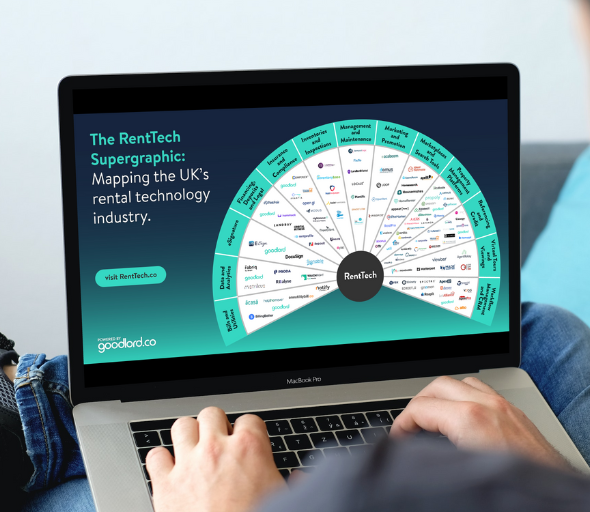
From property management platforms to homeowner apps, proptech has exploded onto the technology scene. But for lettings platform Goodlord, one critical area was being overlooked: the rental market.
Find out how Wildfire’s integrated PR and communications campaigns helped turn Goodlord into the home of lettings.
Read the case studyTo initiate the download of this awesome content, please just tell us a little about yourself.
We want to make sure we are delivering the right information to the right people. In return, we promise never to:
For more information about how we handle your data and protect your information, please visit our Privacy Policy